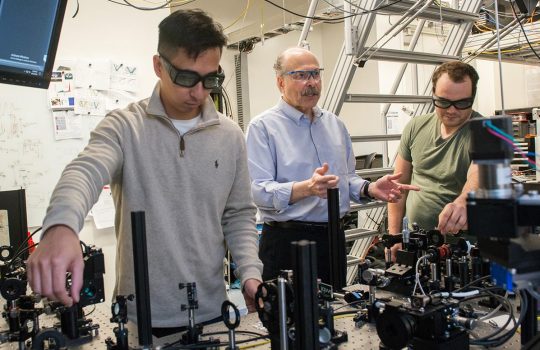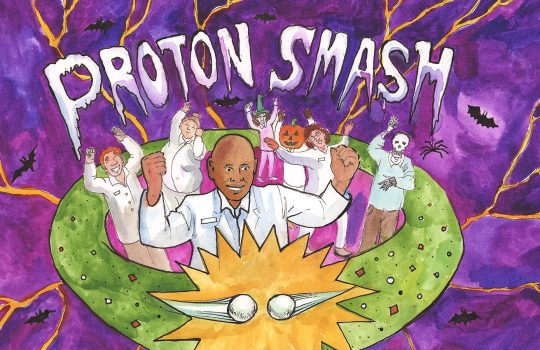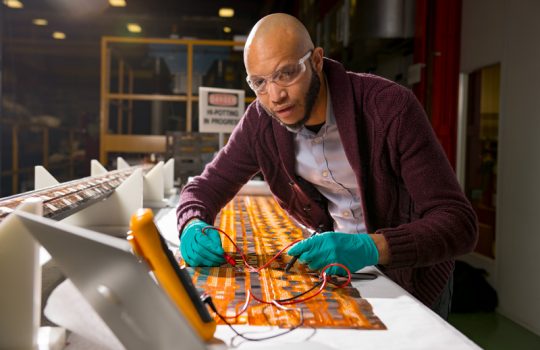Universities, national laboratories join forces to push Chicago into lead on quantum technology
- Argonne
- Chicago Quantum Exchange
- quantum information science
- quantum science
- University of Chicago
- University of Illinois at Urbana-Champaign
Collaboration is the first step in broad partnership between Fermilab, Argonne, University of Chicago, University of Illinois at Urbana-Champaign.





